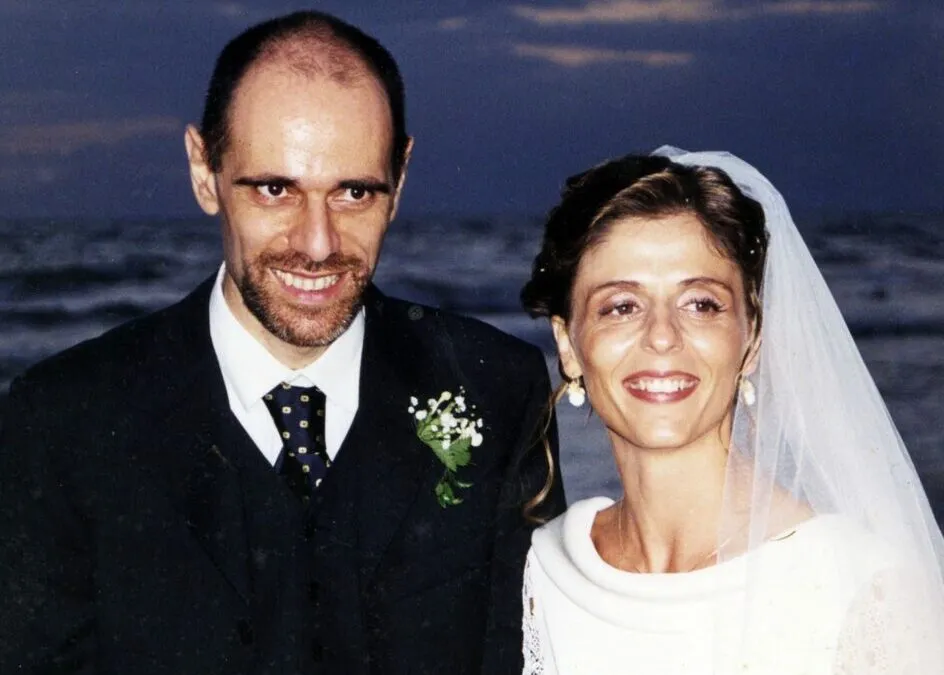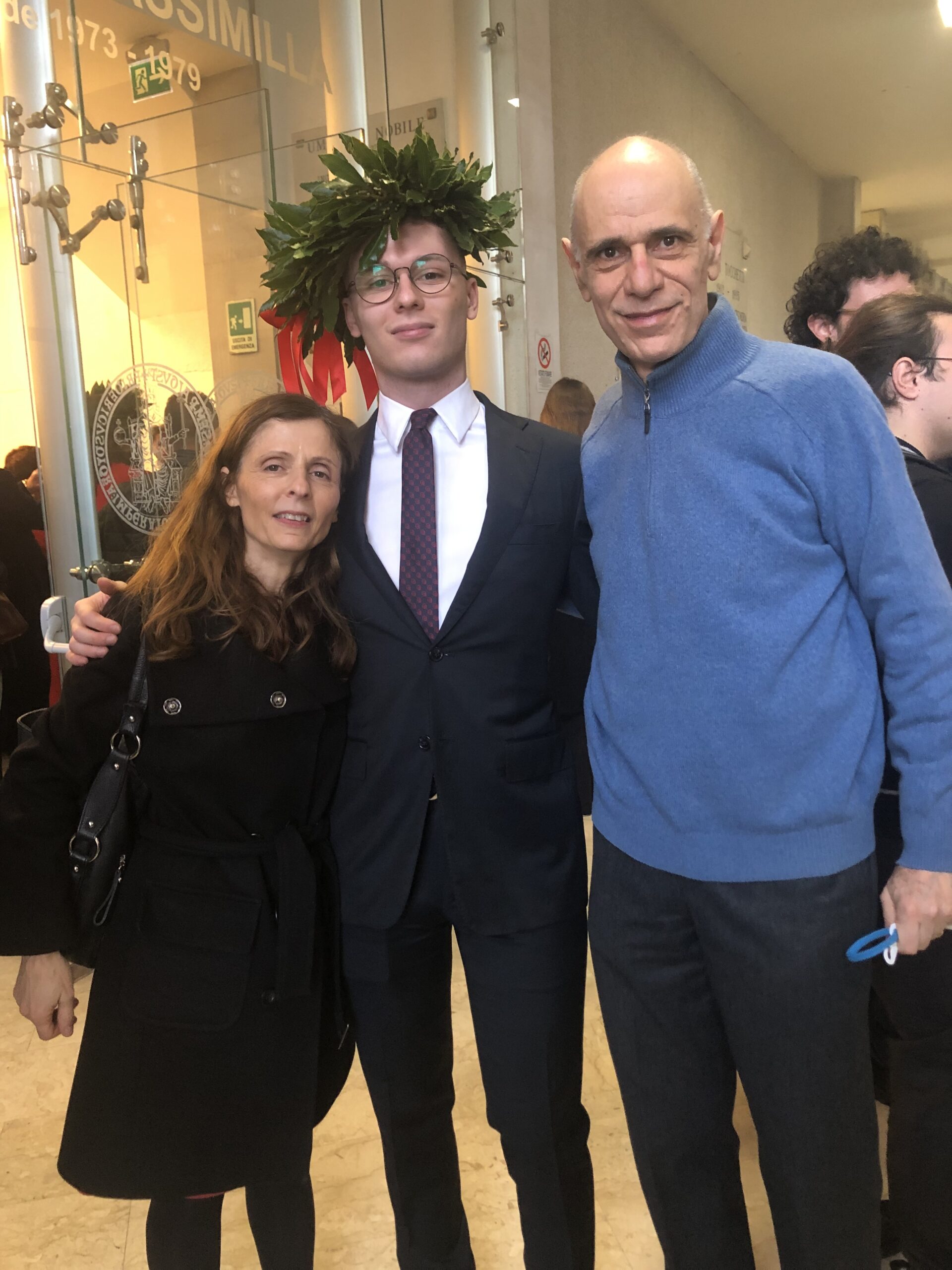Meet the SCI Team: Maurizio Albani
We are excited to introduce ScanCAD’s Lead Developer, Maurizio Albani! Bill Loving and Maurizio Albani met early leading up to ScanCAD’s creation. The two fostered a friendship that encompassed working together on ScanCAD’s products and offerings, as well as visiting one another in Italy and Colorado over these past 35 years.
Maurizio, born and raised in Lecce, Italy, obtained an Electrical Engineering Master’s degree in Pisa at Scuola Superiore di Studi Universitari e Perfezionamento Sant’Anna, with a focus on software development, using a full-ride scholarship at the #1 Italian engineering university. Following his time at school, Maurizio explored the tenets of programming while working with a brilliant programmer and professor, Giorgio Molnar, in Pisa. It was during this time that he started working with the vector-based Gerber data format with a goal of creating a simple PCB prototyping process using an NC German machine. Once that was successful, Maurizio set out to create software that would effectively marry raster data to Gerber editing capabilities, with the goal to scan a film used for creating PCBs and reproduce the Gerber data should the CAD data be no longer available. This initial software developed at Bill’s request was the prototype of ScanCAD’s current software.
The first release of ScanCAD software ran on DOS on a state-of-the-art IBM AT PC with an internal clock of 10 MHz (in turbo mode), with 640Kb of RAM and a dedicated scanner board interface to scan black and white A3 images (4 MB) at 400 dpi (the maximum resolution at the time available on a consumer flat-bed scanner). At the time, no commercially available software was able to process digital images of this size. Fast forward to today: our software can handle images 1,000 times larger.
In 1992, we started adding P&P outputs for PCB assembly purposes, until Maurizio implemented 59 different outputs for P&P machines from every part of the globe.
In 1996, we moved from DOS to Windows, making our first of several UI revolutions.
In 1998, we changed the scanner hardware, increasing resolution and adding the possibility to scan in color. This gave us the capability to scan a PCB or put the scanner inside of a conveyor for real-time inspection on production lines. At present, we have now embraced six scanner hardware and ten operating system evolutions, while maintaining ScanCAD job data compatibility all the way back to the original DOS systems of 35 years ago. A job processed in 1990 under DOS can be opened and processed today under Windows 11. No other company we know of has maintained this type of forward data compatibility speaking to Maurizio’s commitment to our customers’ most important investment, data.
Fast forward a few years, and Maurizio has been a central part of the global ScanCAD team for 35 years. Milestones — large and small — as well as remaining nimble and afloat in all of the economical adventures have made our time together so immensely rewarding, exciting and full of stories. Maurizio is an incredible team player and has brought so much to our company.
Maurizio and his wife, Ivana, live in Albanella, Italy with their son, Alberto. Maurizio and his family place great importance on helping others and have made this a priority through involvement with many philanthropic-led organizations and communities around the world. One project that has held great importance to Maurizio has been supporting the mission of bringing clean and safe water to areas in the world that have not had clean water access previously. He flew to Ghana and engineered a 5km long pipe system to bring water to a village of 200+ people. As he shares, “I engineered and searched for sponsors to build a 54 km long pipe system to serve 26 different villages with about a total of 10,000 people, which is known as the “Mafi-Zongo Water Project.” Working together with other volunteers of AMURT and Amici nel Mondo made this possible. In 2006, I flew to Ghana to supervise the first part of this project; I also visited another village’s small community clinic built a few years before with the help of AMURT, and there I was contacted by Adalekpoe (a small village in North Tongu District of Ghana’s Volta Region with about a population of 270 people). Once we received permission from Mafi-Kumase Water Project (that was serving, at that time, 15 communities), I engineered a 1.85 km long pipe to bring clean water from one of these 15 villages (Tsati). This last extension was 100% sponsored by ScanCAD.”
Learn more about Charity: Water here:
https://www.charitywater.org/


